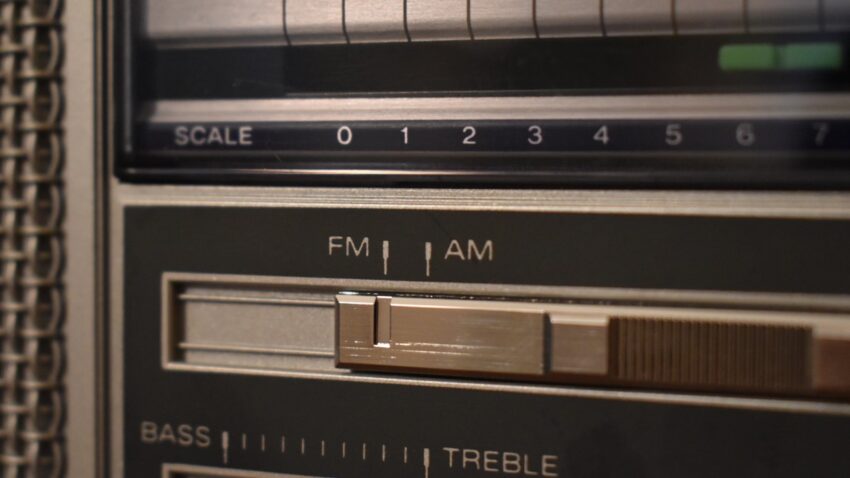Like with the TV markets in your last article, I’ve been curious how radio markets have been defined as well. I have looked for lists of what radio station is in what market, for ownership caps the more stations in the market the more stations one company can own. For example in the case of say WEVR River Falls both AM and FM can be heard in the Twin Cities metro, same with the BOBs and LOVEs. It would be nice to know what stations are in the market officially.
The question is somewhat hard to answer because the information is not publicly released.
Though TV market maps are also not officially released, TV market information can be surmised because of carriage of stations on cable and satellite. There is no equivalent for radio.
One key difference between radio and TV is that while each location within the U.S. is within one (and only one) TV market, radio markets only include counties in a metro area. Rural counties are not assigned to any market.
Small markets may be just one county while large markets may contain a dozen counties.
One way information is publicly released, in a way, is when stations are required to include market information in FCC applications to transfer licenses. I do not share that information here because it is copywritten.
However, I will say that if you want to see a recent map of radio markets, you might find one if you go to the FCC’s LMS Application Search, search for WBKY, open file number 0000178083, and scroll to the bottom.
To answer your questions about specific stations, it appears WEVR/1550 and WEVR-FM/106.3 (River Falls) are both considered to be part of the Minneapolis-St. Paul radio market. Recent applications with the FCC also stated that “Bob FM” stations KLCI/106.1 (Elk River) and WLKX-FM/95.9 (Forest Lake) are officially part of the market. And all three of the “Love 105” signals are in the market as well.
Those “Love 105” signals show an interesting part of the FCC’s ownership rules. If a station is in a market, it counts as a full station whether or not its signal reaches the entire market. So, with a ownership cap of five FM’s in a market the size of the Twin Cities, three of Cumulus Media’s five FM’s are “Love 105” even though they’re operated as one format.
The same is not true in non-rated markets, where the FCC’s prior contour-based rules are still in place. When a sale of multiple stations in a rural area is proposed, applicants often have to submit a complicated analysis showing signal overlap and defining all of the individual “markets” where different combinations of city-grade signals exist to show that the proposed transaction wouldn’t violate ownership caps in any given location.
Here are the current radio ownership caps:
| Market size | Total cap | Cap per band (AM/FM) |
| 45+ stations | 8 | 5 |
| 30-44 stations | 7 | 4 |
| 15-29 stations | 6 | 4 |
| 1-14 stations | 5 | 3 |
It’s important to remember that translators do not count towards ownership caps.
When determining market size, non-commercial stations do count towards the total. In the Duluth market, Midwest Communications did not have to spin off any stations when it bought KQDS-FM several years ago because the sign-on of a few non-commercial stations had pushed the market cap to seven stations.
Do you have a question about broadcasting? Email jonellis@northpine.com and I’ll do my best to find an answer!

